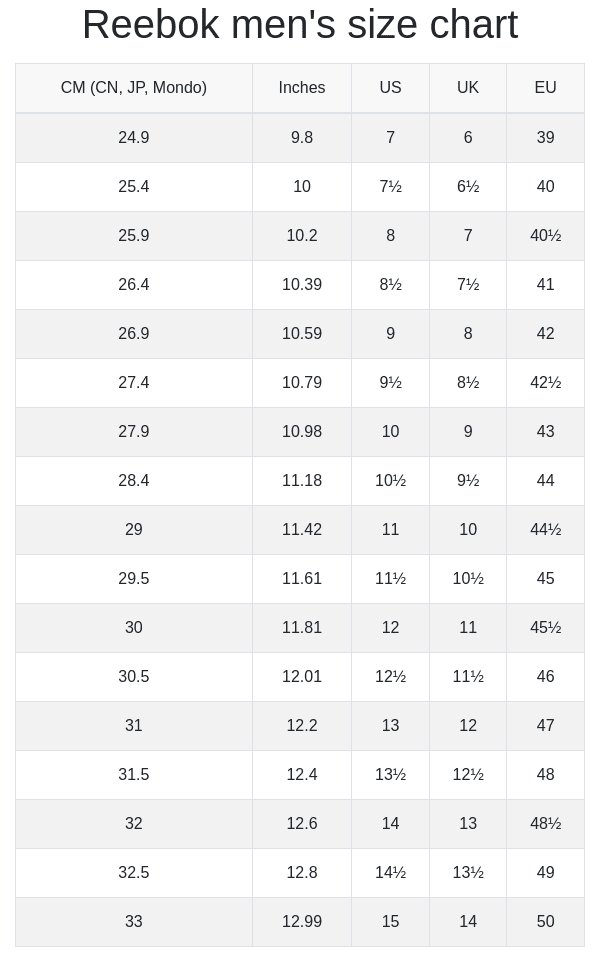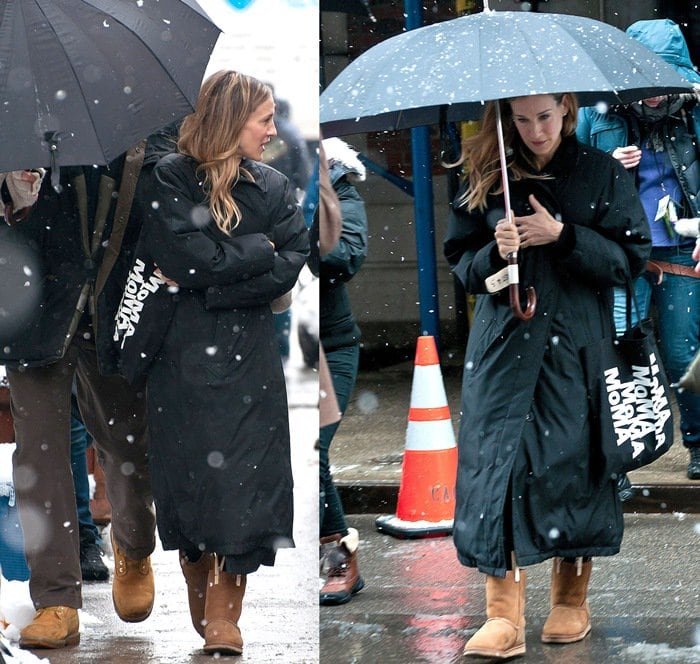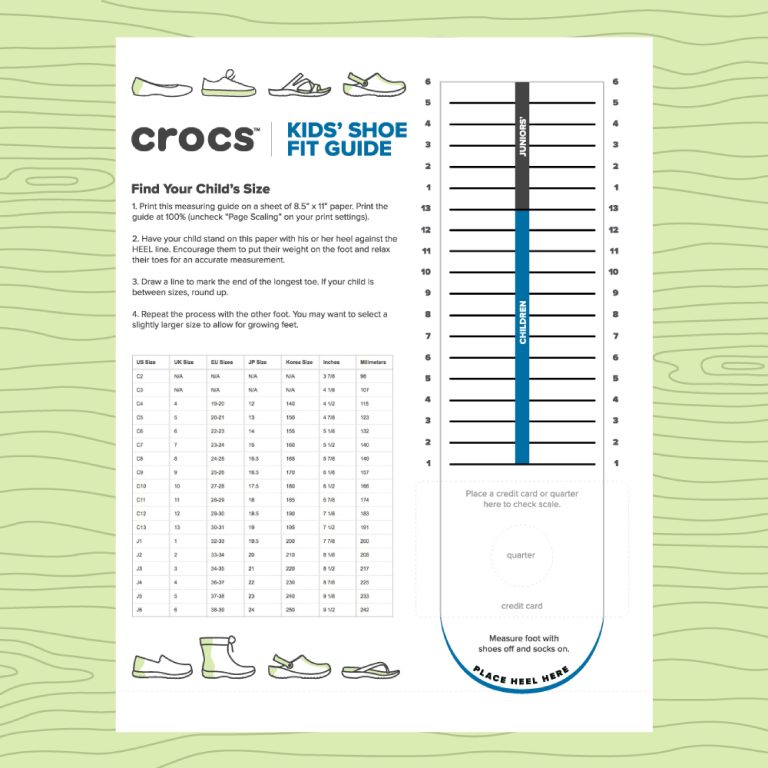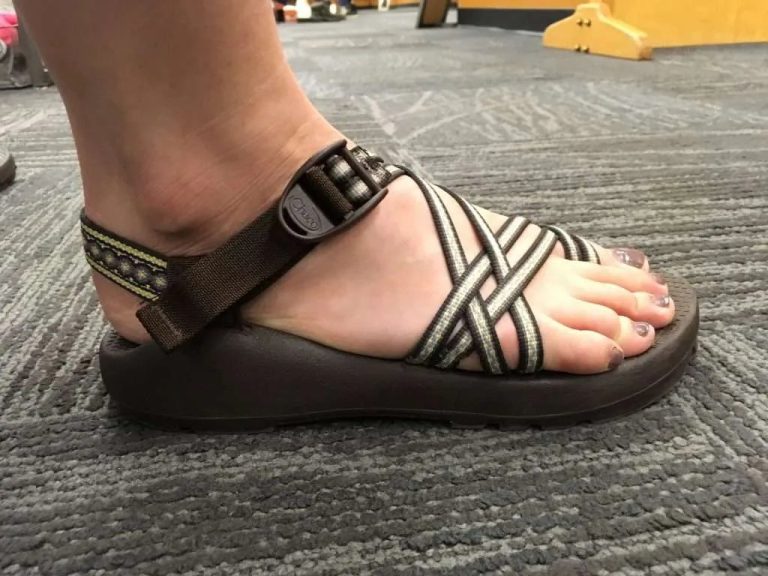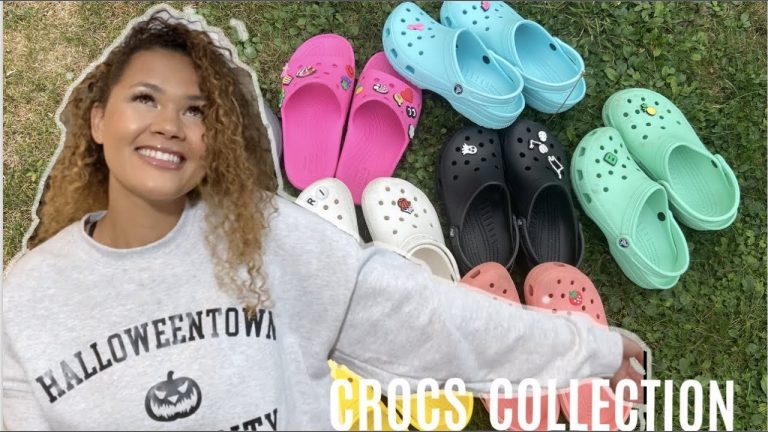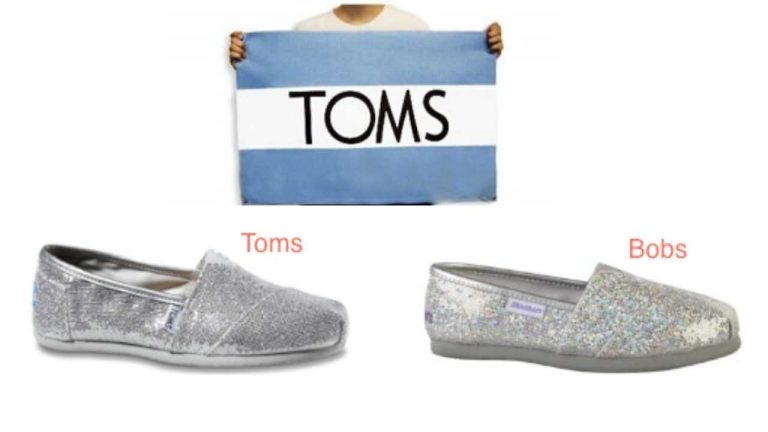Are you tired of the confusion surrounding Nike and Reebok sizing? Well, fret no more! In this blog article, we will delve into the world of Nike vs. Reebok sizing and provide you with the ultimate solution. Whether you’re a sneakerhead or someone in search of the perfect athletic shoes, understanding the sizing differences between these two iconic brands is essential. So, let’s dive right in and uncover the secrets of Nike vs. Reebok sizing, ensuring that you never have to struggle with ill-fitting shoes again.
Nike vs Reebok Sizing
Understanding the Importance of Proper Sizing
When it comes to athletic footwear, getting the right size is crucial for comfort, performance, and overall satisfaction. Both Nike and Reebok are renowned brands that offer a wide range of shoes for various sports and activities. However, finding the perfect fit can be a challenge, as sizing can differ between brands and even within the same brand. In this article, we will explore the differences in sizing between Nike and Reebok, helping you make an informed decision and find the perfect fit for your feet.
The Nike Sizing Experience
Nike is a global leader in athletic footwear, and their sizing system is well-established. Their shoes generally run true to size, which means that if you typically wear a size 9 in other brands, you will likely find a size 9 in Nike to be the right fit for you. However, there are a few exceptions and considerations to keep in mind when it comes to Nike sizing:
1. Nike Width Options
Nike offers different width options for some of their shoe models to accommodate individuals with narrow or wide feet. These options typically include regular (D) width, wide (2E) width, and narrow (B) width. If you have wider or narrower feet than the average, it’s worth considering these width options to ensure a comfortable fit.
2. Nike Flyknit Technology
Nike uses Flyknit technology in some of their shoes, which provides a snug and supportive fit. However, due to the nature of the material, Flyknit shoes may feel slightly tighter compared to other Nike models. It’s recommended to try on Flyknit shoes before purchasing or consider going up half a size if you prefer a looser fit.
3. Nike Air Max and Air Jordan Sizing
Nike Air Max and Air Jordan shoes are popular choices among athletes and sneaker enthusiasts. However, it’s important to note that these specific models can often run on the smaller side. To ensure the perfect fit, it may be wise to go up half a size or consult the specific sizing recommendations provided by Nike for these collections.
The Reebok Sizing Experience
Reebok, another well-known athletic footwear brand, also offers a diverse range of sizes to cater to individuals with varying foot shapes and sizes. Here’s what you need to know about Reebok sizing:
1. Reebok Fit Guide
Reebok provides a comprehensive fit guide on their website, allowing you to measure your foot and find the corresponding size in their shoes. This tool can be incredibly helpful, especially if you’re unsure about your exact shoe size or have unique foot measurements.
2. Reebok Width Options
Similar to Nike, Reebok offers width options for some of their shoe models. These options typically include regular (D) width and wide (2E) width. If you have wider feet, selecting the appropriate width option can significantly enhance comfort and prevent any unnecessary tightness.
3. Reebok CrossFit Sizing
Reebok is a prominent brand in the CrossFit community, offering specialized shoes for this high-intensity sport. It’s important to note that Reebok CrossFit shoes tend to have a narrow fit to provide stability and support during dynamic movements. If you have wider feet or prefer a roomier fit, consider going up half a size or exploring other Reebok collections.
Tips for Finding the Perfect Fit
Finding the perfect fit involves more than just relying on the stated size. Here are a few additional tips to help you find the ideal fit for your athletic shoes, regardless of the brand:
1. Measure Your Feet Regularly
It’s recommended to measure your feet at least once a year, as foot size can change over time due to factors such as weight gain, pregnancy, or the natural aging process. By measuring your feet regularly, you can ensure that you are always purchasing shoes that accommodate your current foot size.
2. Read Customer Reviews
Reading customer reviews can provide valuable insights into how shoes fit in real-world scenarios. Pay attention to any comments about sizing discrepancies or recommendations to go up or down a size.
3. Visit a Physical Store
If possible, visiting a physical store and trying on different sizes and models can give you a better idea of how a particular brand fits your feet. This hands-on approach allows you to assess comfort, support, and overall fit before making a purchase.
Finding the right size in athletic footwear is essential for comfort and performance. While Nike and Reebok both offer a wide range of sizes, it’s important to consider individual factors such as foot width, specific shoe models, and any brand-specific sizing recommendations. By following the tips provided in this article, you can increase your chances of finding the perfect fit and enjoying your athletic shoes to the fullest.
Remember, ensuring comfort and support is crucial in any athletic activity, so take the time to find the right fit for your feet. Happy shoe shopping!
REEBOK NANO X3 VS NIKE METCON 8 | Which is BEST for you?
Frequently Asked Questions
What is the difference in sizing between Nike and Reebok shoes?
The sizing for Nike and Reebok shoes can vary slightly. Nike shoes tend to run on the smaller side, so it is often recommended to go up half a size or even a full size for a more comfortable fit. On the other hand, Reebok shoes typically run true to size or slightly larger. It is important to refer to the specific size charts provided by each brand to ensure the best fit.
Can I exchange my Nike shoes for a different size if they don’t fit?
Yes, Nike offers a hassle-free return and exchange policy. If you find that your Nike shoes don’t fit properly, you can return them within a certain timeframe and request a different size. Make sure to check Nike’s website or contact their customer service for more information on their specific return policy and any associated fees or conditions.
Do Reebok shoes have wider sizing options?
Yes, Reebok offers a range of sizing options, including wider widths for individuals with broader feet. They understand that not everyone has the same foot shape, so they provide options to accommodate different needs. When browsing Reebok shoes, you can look for specific width options to find the most comfortable fit for you.
Should I measure my feet before purchasing Nike or Reebok shoes?
Yes, measuring your feet is always a good idea when buying new shoes, regardless of the brand. This will help you determine the most accurate size to choose. Use a foot measuring device or refer to online guides on how to measure your feet properly. Compare your measurements with the brand’s size chart to find the best fit for your feet.
Are Nike and Reebok shoe sizes consistent across different models?
While Nike and Reebok have general sizing guidelines, it’s important to note that certain shoe models may fit differently. Factors such as the design, materials used, and intended use of the shoe can affect the fit. It is advisable to read customer reviews or try on different models in-store if possible to ensure the best fit for your specific shoe choice.
What should I do if I’m between sizes for Nike or Reebok shoes?
If you find yourself between sizes for Nike or Reebok shoes, it is generally recommended to go up half a size rather than down. Slightly larger shoes can be adjusted with additional insoles or thicker socks for a more comfortable fit. However, it is important to keep in mind that everyone’s feet are unique, so what works for one person may not work for another. Experimenting and trying on different sizes is the best way to find your perfect fit.
Final Thoughts
In conclusion, when comparing Nike and Reebok sizing, it is evident that both brands have their own unique approaches. Nike’s sizing tends to run slightly smaller, while Reebok’s sizing is generally considered to be true to size. It is important for consumers to consider their individual foot measurements and preferences when choosing between the two brands. Ultimately, finding the right fit is crucial for comfort and optimal performance. So, whether you go for Nike or Reebok, make sure to pay attention to the sizing guides provided by each brand to ensure the perfect fit for your feet.
